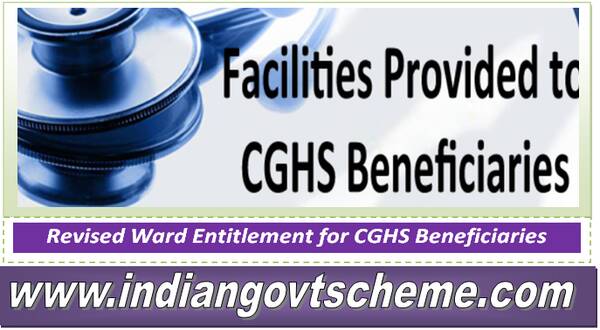Central Government Health Scheme (CGHS) per capita spend 6x of general population’s
The Union government spends over Rs 11,800 per capita on providing comprehensive healthcare to over 34 lakh of its employees and pensioners, while states and the Centre put together spend Rs 1,815 per capita on health for India’s population of nearly 140 crore, according to data from the recently released National Health Accounts, 2018-19.
Per capita expenditure, calculated as the total money spent on each scheme in 2018-19 divided by the total number of beneficiaries of the scheme, was the highest for
Though CGHS and ECHS are contributory schemes, over 90% of funding comes from the central government while RHS is 100% government funded. All these schemes along with
The Centre spends over Rs 11,800 per capita on providing comprehensive healthcare to over 34 lakh of its employees and pensioners. All health schemes (CGHS and ECHS) along with Employees State Insurance Corporation (ESIC) meant for workers earning less than Rs 21,000 per month in the organised sector.
ESIC is contributory in the real sense as it is constituted by employers paying 3.25% of wages and employees contributing 0.75% of wages. Central government support for ESIC constitutes just over 12% of its total funds. For roughly 13 crore beneficiaries, ESIC’s estimated annual spending was Rs 8,799 crore in 2018-19, a per capita spending of Rs 677.
When the schemes were launched in the 1950s, it was envisaged that a CGHS-like scheme would be scaled up to become a national health service to cover the whole population. Instead, though it expanded from Delhi to other regions, it remained exclusive to government employees.
These schemes are a comprehensive package of services, including outpatient and inpatient care, tertiary care and prescription drugs, for employees, pensioners and their families – unlike Ayushman Bharat, meant for the common citizen, which covers only inpatient costs for a fixed number of procedures.
Also, it covers up to Rs 5 lakh in one year, whereas these schemes have no fixed cost ceiling. About 10 crore were enrolled for Ayushman Bharat by 2019. In 2018-19, an estimated Rs 2,400 crore was spent on the scheme, which worked out to Rs 240 per capita, a fraction of the CGHS per capita cost. For annual contributions of Rs 3,000 to Rs 12,000 depending on the salary level of serving employees and for a one-time payment of Rs 30,000 to Rs 1.2 lakh, CGHS pensioners and ECHS pensioners get lifetime comprehensive healthcare with no upper limit for cost.
If we were to consider the per capita spend on RHS, the lowest among central government-funded schemes, as the minimum required to provide a decent comprehensive healthcare, then the cost of providing only healthcare to the roughly 140 crore population would be about Rs 9.5 lakh crore, roughly 4.2% of India’s GDP. The Centre has set a target of spending 2.5% of GDP by 2025 for healthcare, including water and sanitation.
“The reason for higher cost of service in CGHS compared to similarly placed government schemes probably lies in a greater reliance on private facilities for diagnostics and treatment,” noted Rakesh Sarwal, a doctor and an IAS officer who was advisor, health, in Niti Aayog, in his study “Reforming CGHS into a Universal Health Coverage Model” published in 2015.

